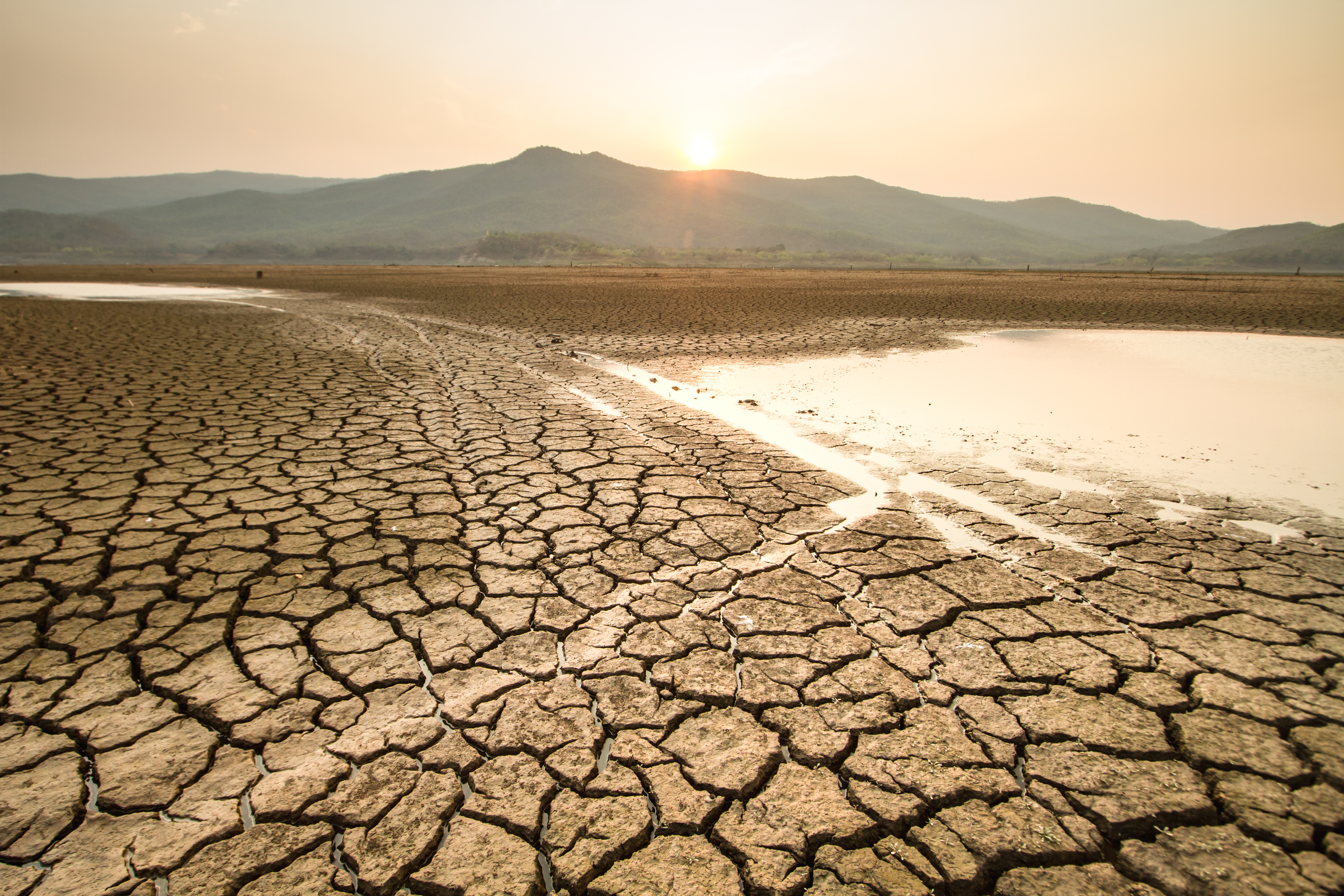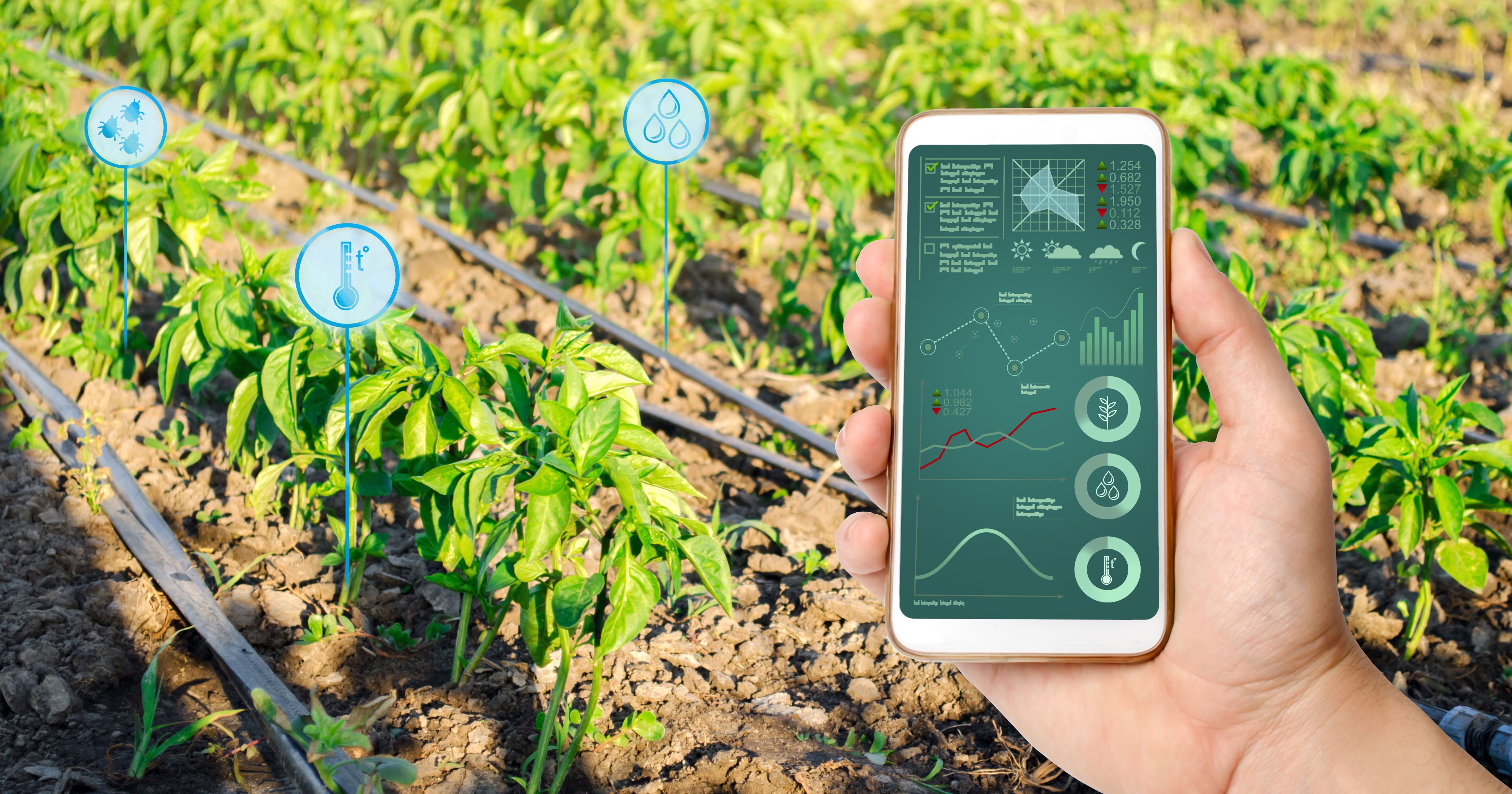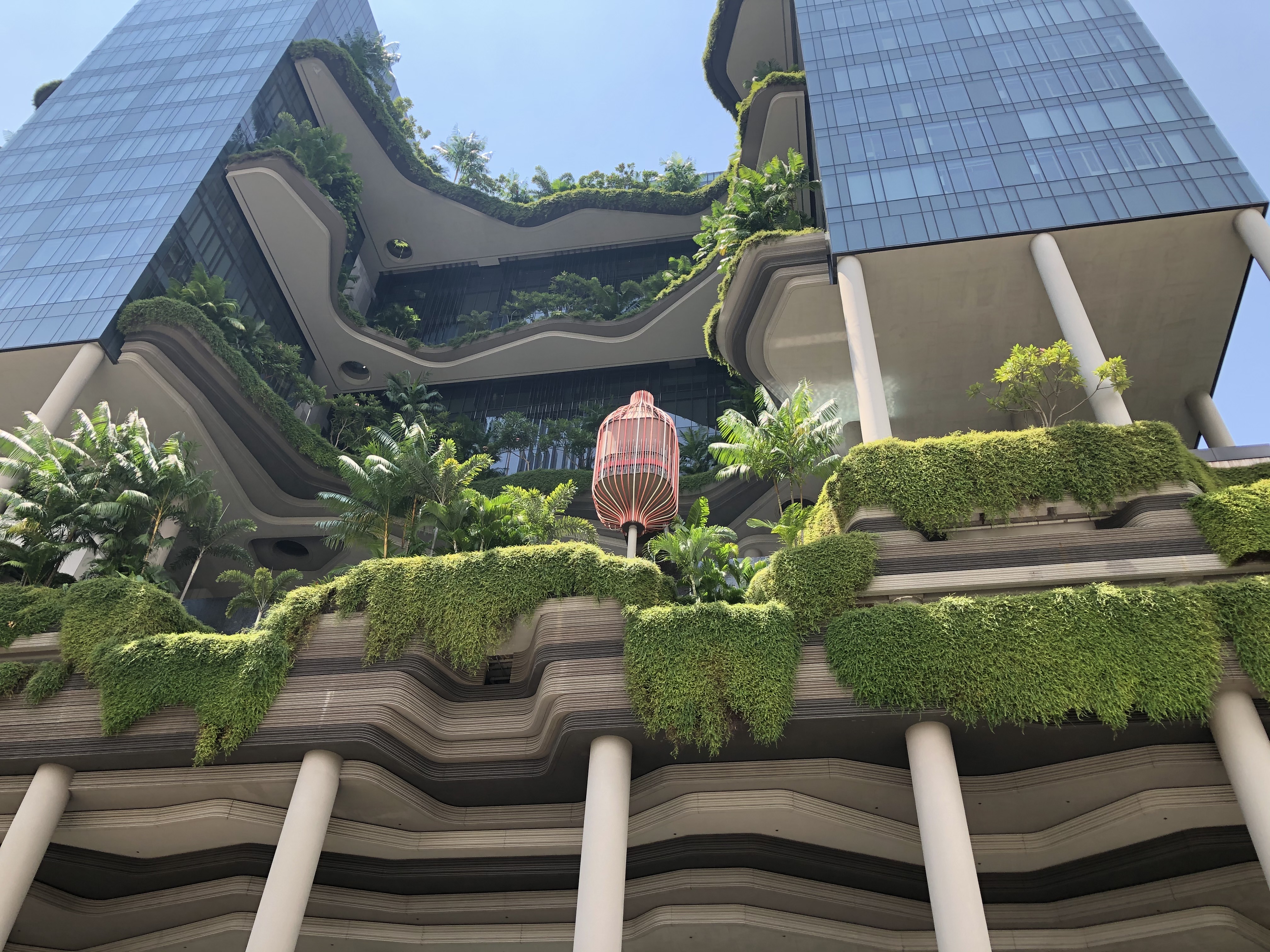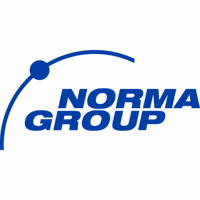This post is also available in: Deutsch
Water use is increasing, driven by factors like population growth, socio-economic development and changing consumption patterns. At the same time, climate change is making water availability less predictable and leading to longer and more severe drought periods in many places around the world. Especially in Africa, Latin America and Asia many people only have limited access to clean water or water in general. As demand for water grows and the effects of climate change intensify, current stress levels will likely continue to increase.

Water management
In its broader sense, water management is about the efficient use of water, through the distribution and control of water resources. More specifically, water management includes the management of drinking water, industrial water, sewage or wastewater, stormwater and irrigation.
“Access to water is a basic human right – it is vital for the dignity of each and every individual.”
Supporting the efficient use of water will provide social benefits, as people will have better access to water, regardless of location or social standing. By using water more efficiently and by purchasing more water-efficient products, we can also help mitigate the effects of climate change, such as droughts. Eventually, improvements in water management do not only have an economic impact but are essential to addressing various social challenges in our global community.
Three global trends in water management
There are currently many global trends in water management – some are of general nature and some are more specific to a part of our business. Let me focus on some of the trends that we are seeing and that are related to global megatrends that are shaping our world and that are interconnected – climate change, resource scarcity and the rise of technology.
As water becomes scarcer and more costly, efficient irrigation is becoming increasingly important. Many cities in drought-prone areas in the USA are passing ordinances to put pressure on property owners to reduce their landscape water use and manage stormwater onsite. These ordinances are enforced through the promotion of rebates on water-saving landscape upgrades or with strict water restrictions and fines. These incentives encourage homeowners to switch to more water-efficient products such as drip irrigation systems. A drip irrigation system can reduce water use in a typical landscape by thousands of gallons of water annually compared to sprinklers or hand-watering.

Another strong trend, especially in the irrigation space, is the use of new technology in combination with measuring and sensing. Water flow meters, for instance, help to precisely measure water usage and can prevent overwatering and reduce costs. As water resources become more limited and expensive, it will be crucial to have accurate data on how much water is being used to irrigate. The timer or controller is also an important piece of the irrigation system. There is a new breed of controllers available that utilize Wi-Fi technology to collect weather data, calculate precipitation and determine how much water is needed on any given day – automatically adjusting watering day and time. These controllers use weather data or sensors and are often referred to as ‘smart’ irrigation systems.

By using sensors on plants, people can drastically reduce the amount of water being applied by the system. Watering will become a matter of using a cell phone or a tablet rather than actually turning valves.
Both trends are supported and reinforced by a more general development: an increasing regulation, mostly applied to municipalities or regions. Good examples are the MWELO ordinance in the State of California to increase landscape water efficiency standards, and the water restrictions in certain regions in Australia and South Africa. These regulations have been enacted as a response to chronic water shortages and droughts. They address such different aspects like eliminating runoff from inefficient irrigation systems, graywater usage and onsite stormwater capture.
A look into the future
There is a variety of future trends in the water management business, such as Urban Greening to better manage stormwater runoff as well as extreme heat in metropolitan areas. At NORMA Group, we recognize and closely observe the relevant megatrends and their risks and opportunities. With the support of our Foresight Manager, we are looking into phenomena that might expand our offering in the future.




